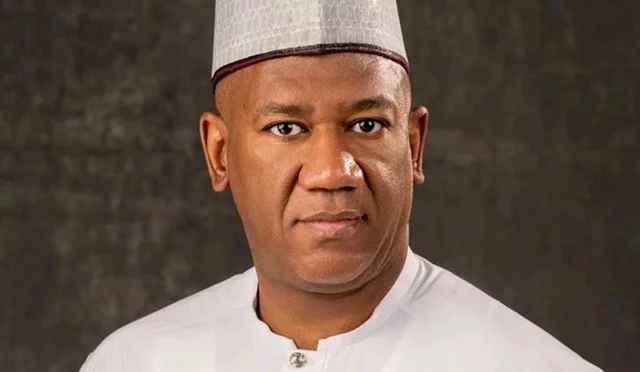July 29, 2025 – The world continues to grapple with a complex web of conflicts and shifting geopolitical allegiances, underscoring a period of heightened uncertainty and localized crises with global implications. From protracted regional disputes to emerging flashpoints, here’s a look at some of the most critical developments impacting international stability.
The Middle East: A Volatile Kaleidoscope
The Israeli-Palestinian conflict remains a central and deeply concerning issue. While a fragile ceasefire reportedly took hold in the recent Israel-Iran conflict, which saw unprecedented direct U.S. involvement targeting Iranian nuclear facilities, the underlying tensions persist. Reports indicate ongoing Israeli actions in Gaza, raising concerns about humanitarian conditions and a potential re-escalation.
The broader Iran-Israel proxy war continues to manifest in various ways, including the ongoing Red Sea crisis and spillover effects in Syria and Lebanon, keeping the entire region on edge.
The Yemeni civil war also grinds on, exacerbated by external interventions and contributing to the Red Sea crisis. The volatile situation in Sudan is another critical concern, with ongoing fighting between the paramilitary Rapid Support Forces (RSF) and the army, leading to humanitarian devastation and fears of a permanent partition of the country.
Europe: Ukraine and Beyond
The Russia-Ukraine conflict, now in its fourth year, continues to reshape European security architecture. While direct military engagements dominate headlines, the broader geopolitical implications include a renewed focus on energy security, with Europe continuing to diversify away from Russian natural gas. The conflict also highlights the growing importance of cybersecurity as a new frontier of warfare, with critical infrastructure remaining a potential target.
Beyond Ukraine, other long-standing territorial disputes in Europe, such as those involving Russian occupation in Moldova (Transdniestria) and Georgia (South Ossetia and Abkhazia), and the Armenian occupation of parts of Nagorno Karabakh, continue to be sources of tension.
Africa: A Continent of Diverse Challenges
Africa remains a region with numerous ongoing armed conflicts.

The Sahel region, in particular, is grappling with persistent Islamist insurgencies, including those by Boko Haram in Nigeria and the spread of instability across Mali, Niger, and Burkina Faso. The Somali Civil War also continues, with ongoing counter-terrorism operations and internal conflicts. Western and neighboring powers continue to be involved in several of these non-international armed conflicts, highlighting their complex and often protracted nature.
Asia: Border Tensions and Internal Strife
Asia faces its own set of significant conflicts. In Myanmar, a civil war rages on, alongside the Rohingya, Karen, and Kachin conflicts. Cross-border spillovers from these conflicts are a serious concern. The Kashmir conflict and the Sino-Indian border dispute remain persistent points of contention between nuclear-armed neighbors, underscoring the potential for escalation.
Global Interconnectedness and Its Impact
The interconnectedness of the global system means that these regional conflicts have far-reaching consequences. Geopolitical tensions are significantly impacting international trade, leading to supply chain disruptions, increased costs, and trade restrictions. The pursuit of protectionist policies and the potential for “tech decoupling” between major powers further complicate global economic stability. Investors are keenly watching these developments, as heightened geopolitical risks can lead to asset price volatility and increased uncertainty in financial markets.
As we move forward, the need for diplomatic solutions, humanitarian aid, and a renewed commitment to international cooperation remains paramount in navigating these complex and evolving global challenges.












